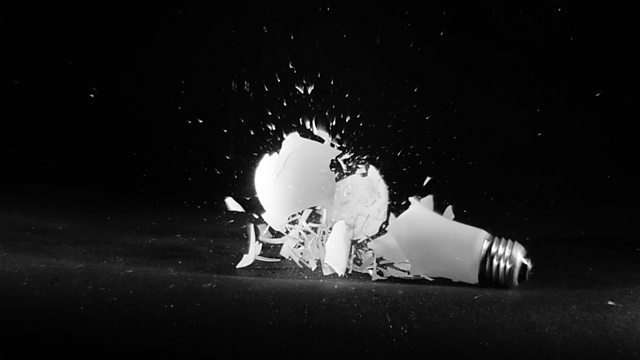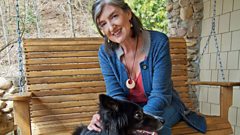Fragility in Nature
Why are some materials and ecosystems easier to break than others? And what gives others better resilience?
Why are some materials and ecosystems easier to break than others? And what gives others better resilience? Joining Bridget Kendall are the celebrated American novelist Barbara Kingsolver, whose latest novel contemplates vulnerability in butterflies and humans; professor David Goulson, one of world’s leading experts on bumblebees, who explains why artificially rearing bumblebee nests can paradoxically lead to mass extinction; and Markus Buehler, bio-engineer from the Massachusetts Institute of Technology, who studies the molecular basis of strength and weakness in natural materials, such as human bones and spider’s webs.
(Image: A lightbulb falling to the ground and shattering. Credit: Al Barry/Three Lions/Getty Images)
Last on
More episodes
Previous
Clips
Chapters
-
Barbara Kingsolver
Duration: 14:32
David Goulson
Duration: 08:28
60 second idea: The over 50s should give away possessions
Duration: 05:08
Markus Buehler
Duration: 12:22
Barbara Kingsolver
![Barbara Kingsolver]()
Barbara Kingsolver’s books, including The Poisonwood Bible, have been translated into more than two dozen languages, and have been adopted into the core literature curriculum in high schools and colleges throughout the USA. Her latest work centres around the remarkable life-cycle of the and the impact on it of an imaginary biological disaster caused by climate change.
David Goulson
![David Goulson]()
David Goulson has spent much of his career studying the ecology, behaviour and conservation of which have been in decline all over Europe and beyond for over half a century. He says that we need precisely to investigate the ecology, genetics and taxonomy of both wild and commercially bred bumblebees. Recent studies in Japan and China, Tasmania, the US and Europe suggest that a combination of intensive farming practices and a rapid expansion of commercial bumblebee nest rearing for greenhouse pollination are creating a new ecological situation which we do not control and are far from understanding.
Markus Buehler
![Markus Buehler]()
MIT’s Markus J. Buehler designs from less, using a combination of high-performance computing, new manufacturing techniques, and advanced experimental testing. One extraordinary discovery he has made is that when you get down to the level of the molecules in a human bone, paradoxically, its strength can come from its ability to form tiny cracks. Conversely, a single genetic mutation can give rise to the debilitating brittle-bone disease.
60 second idea
Barbara Kingsolver says that the problem is that most of the world’s stuff belongs to people who don’t need it. Young people start off with scarcity, while old people’s houses get stuffed with books they’ve already read, cookware and sports equipment they’ll never use again. The solution is easy. Age 50 is the statistical midpoint of adult life; it should also be the peak of material possession. After that, we should be required to own less each year than we did the year before. One strategy for de-accumulation: when you move, pack up your stuff, number the boxes, and leave the odd-numbered ones on the curb. Life makes more sense with the goal of exiting exactly as we entered – with nothing at all.
In Next Week's Programme
How do we best express globalisation? Is language keeping up with reality? We ask an audience at the Tate Modern art gallery in London, as well Nigerian writer Ben Okri, author NoViolet Bulawayo from Zimbabwe and Indian political scientist Pratap Bhanu Mehta.
Broadcasts
- Sat 8 Jun 2013 23:06GMT�鶹�� World Service Online
- Sun 9 Jun 2013 10:06GMT�鶹�� World Service Online
- Mon 10 Jun 2013 02:06GMT�鶹�� World Service Online
Podcast
-
![]()
The Forum
The programme that explains the present by exploring the past







